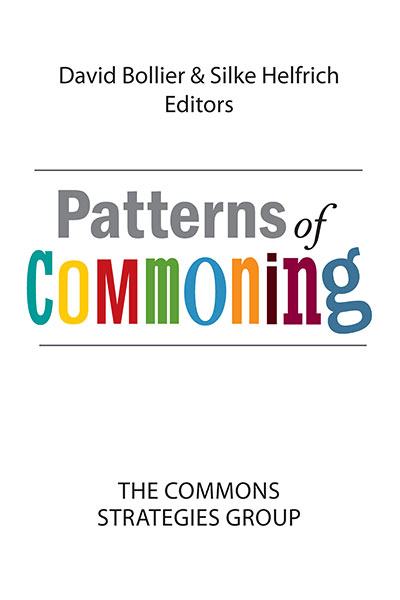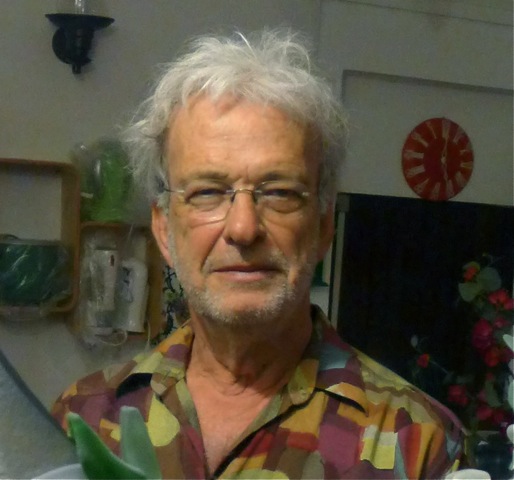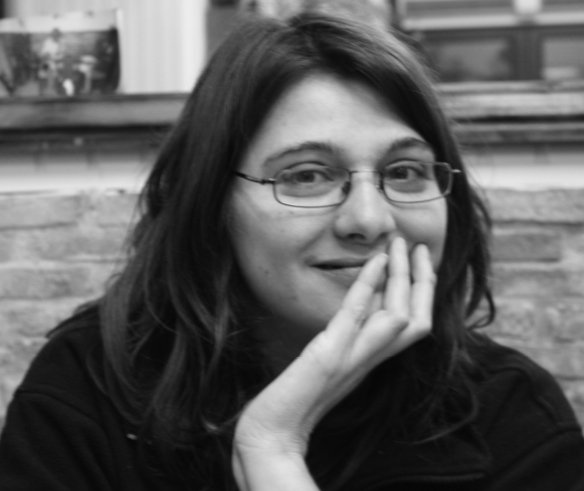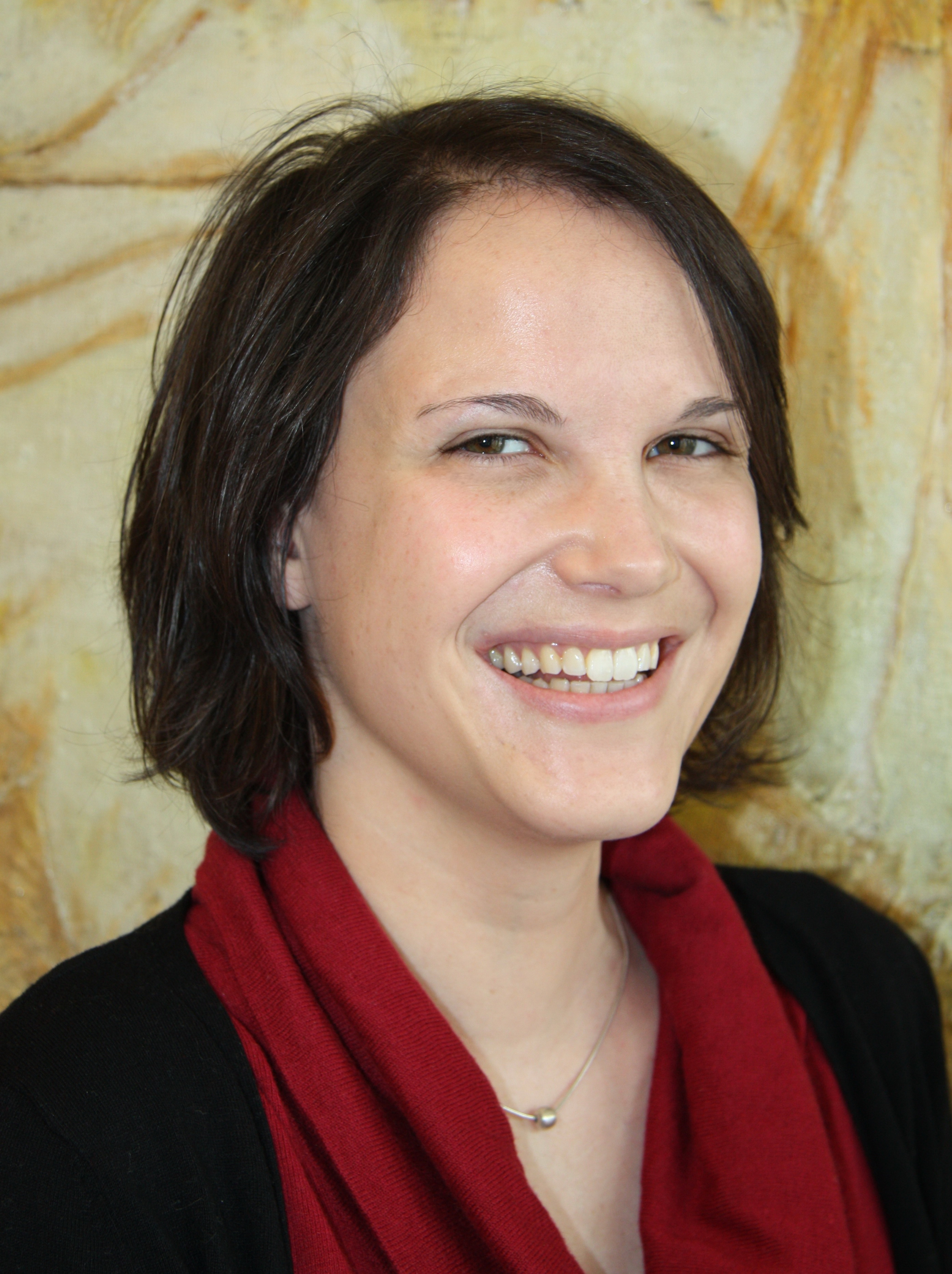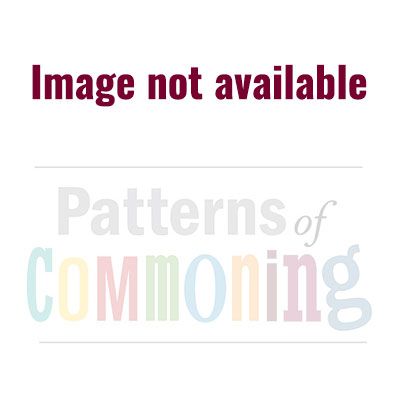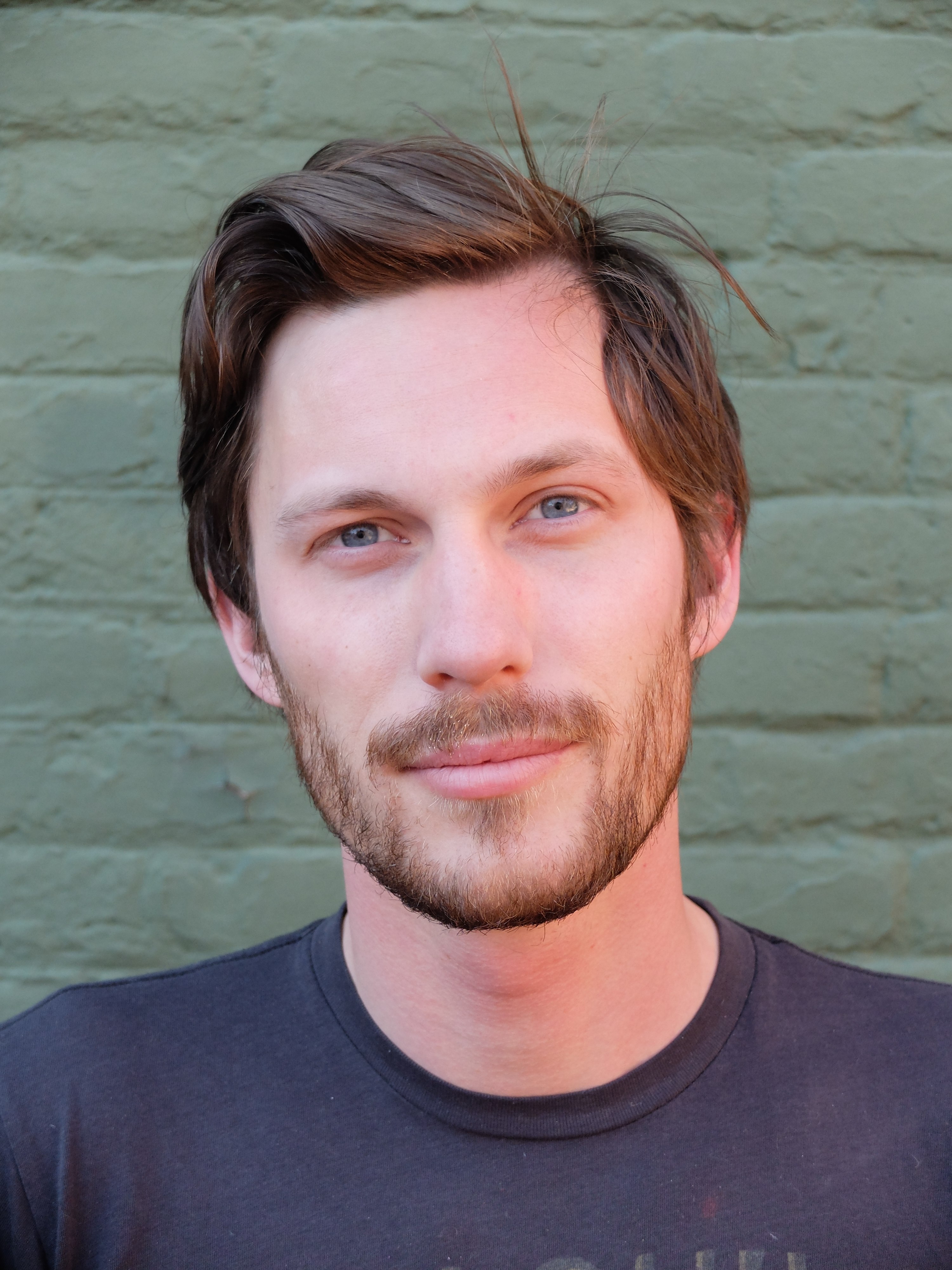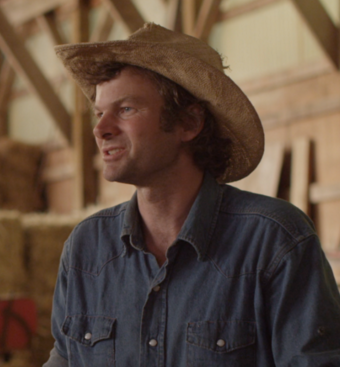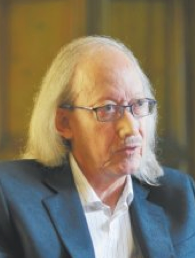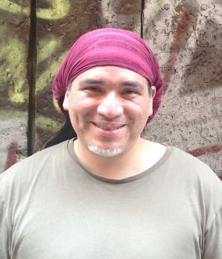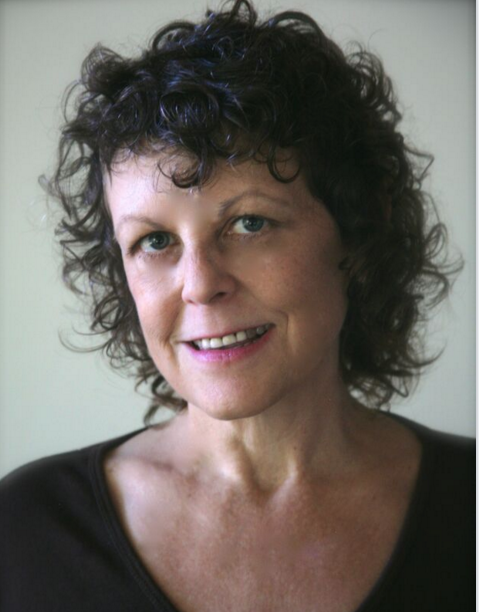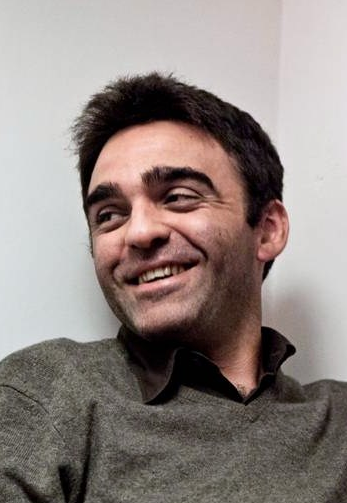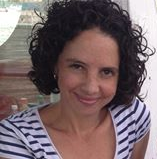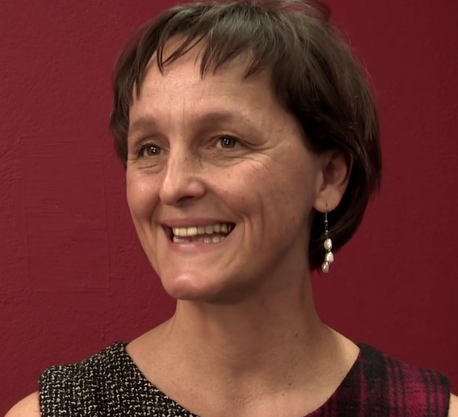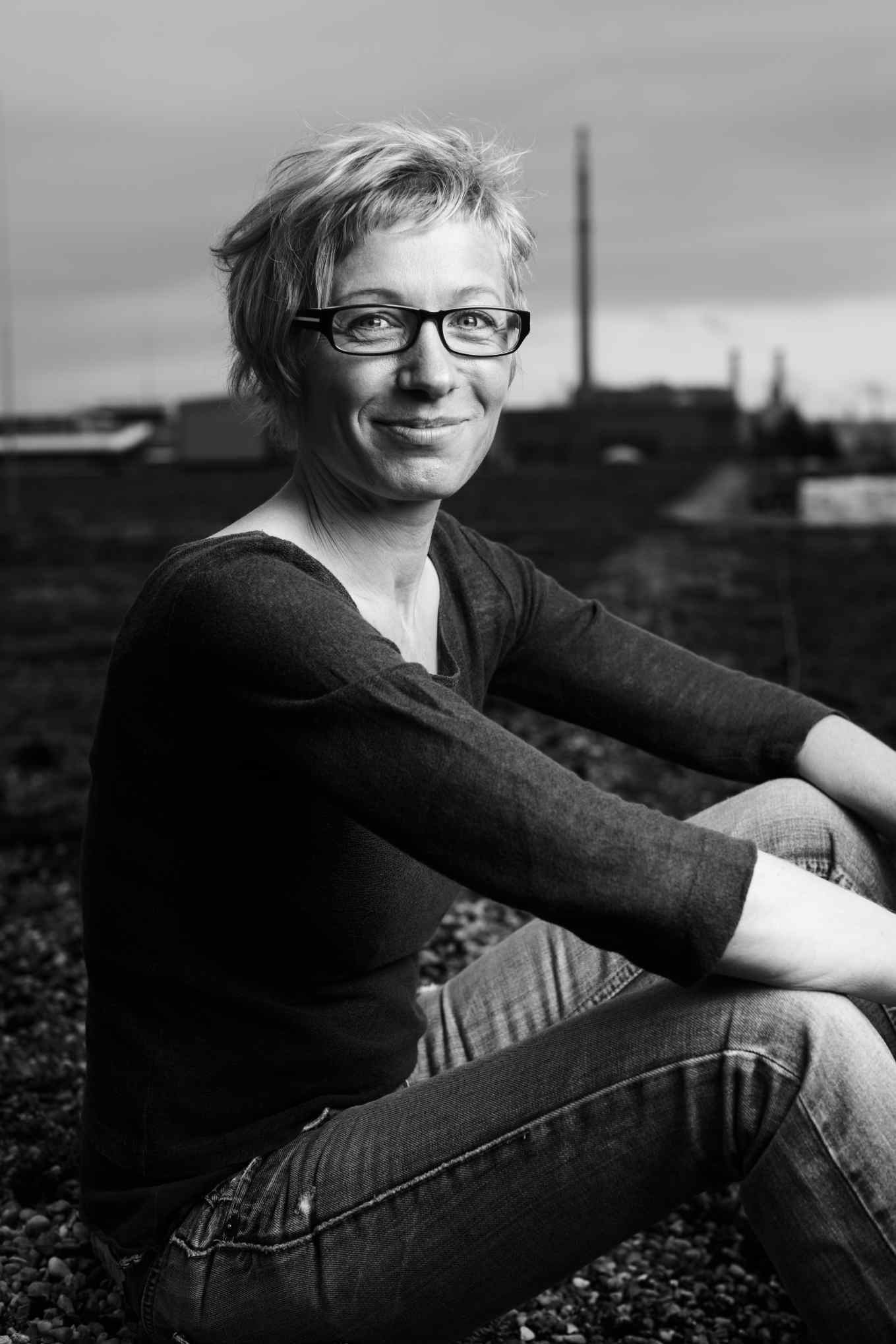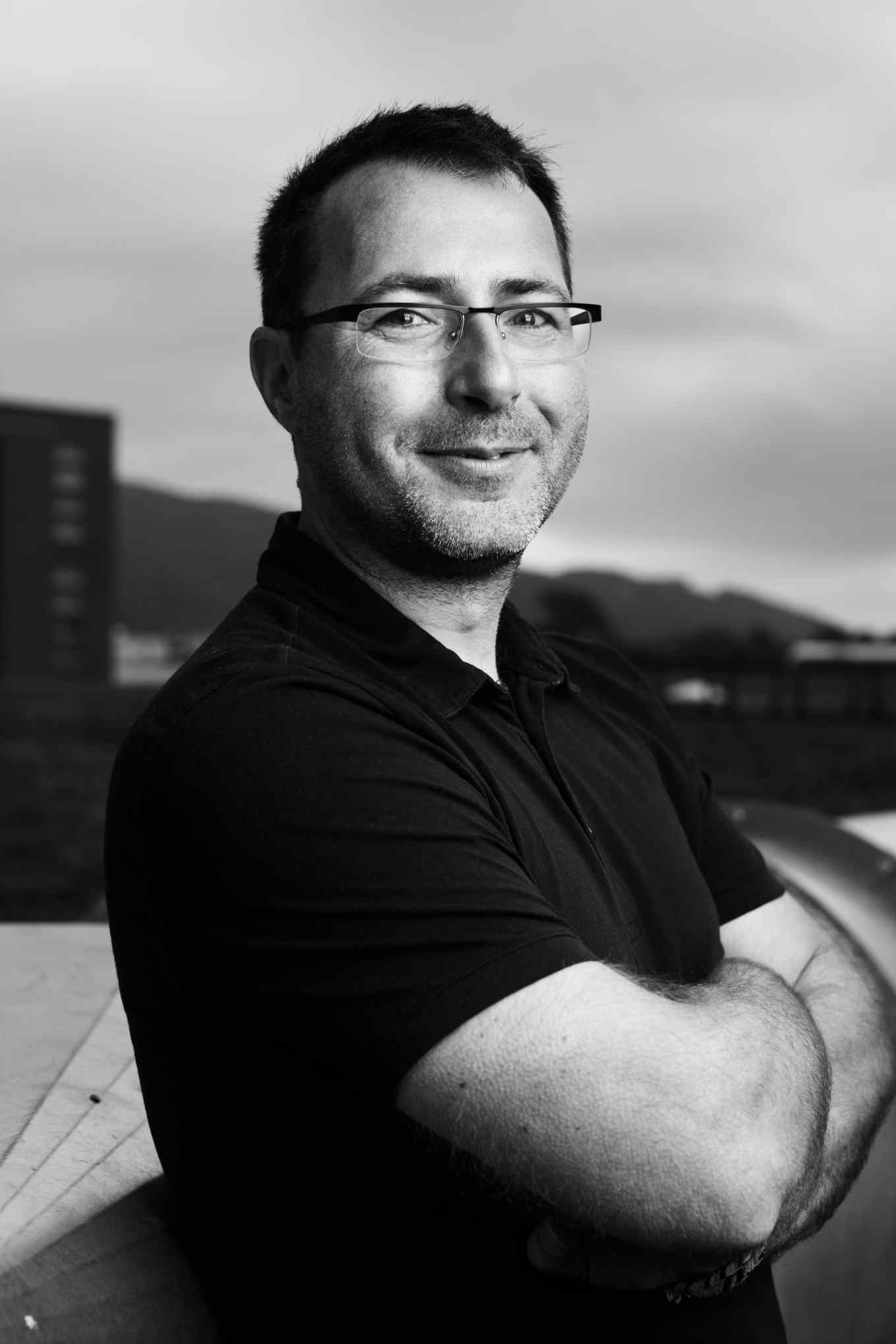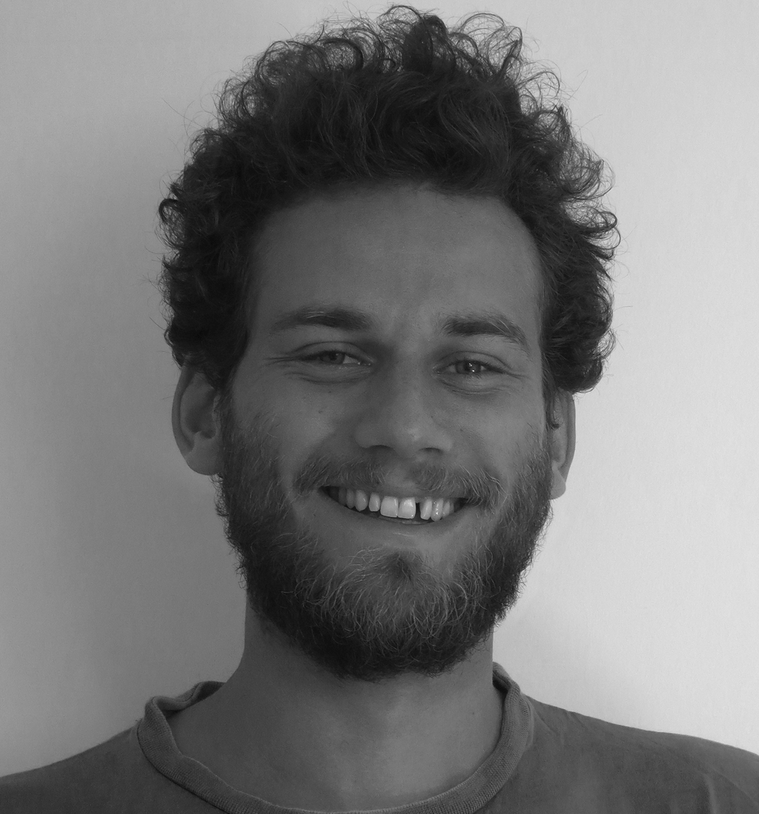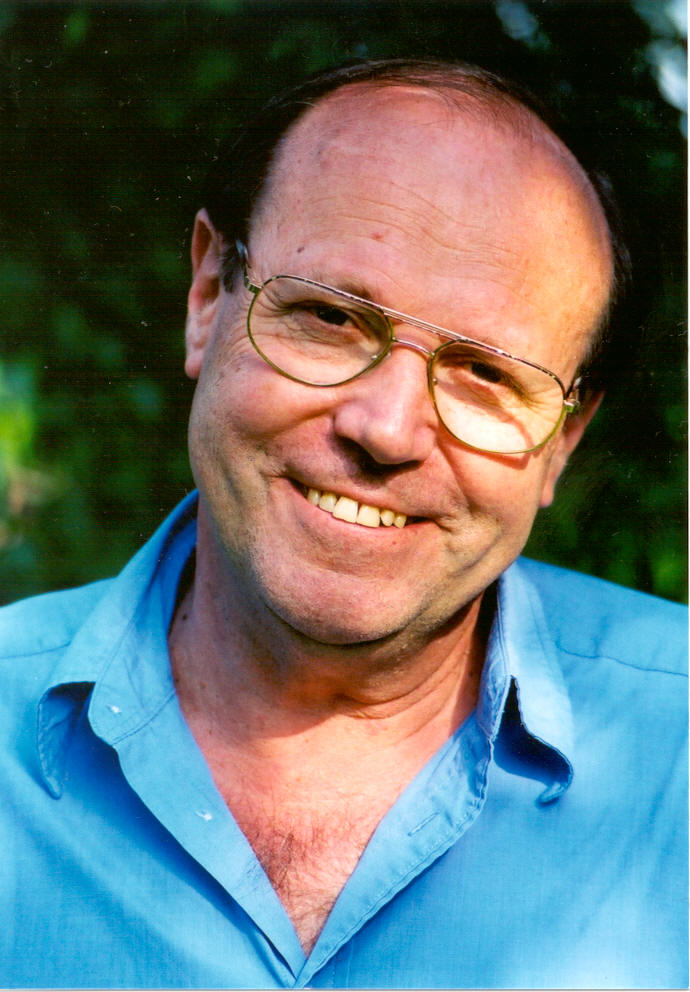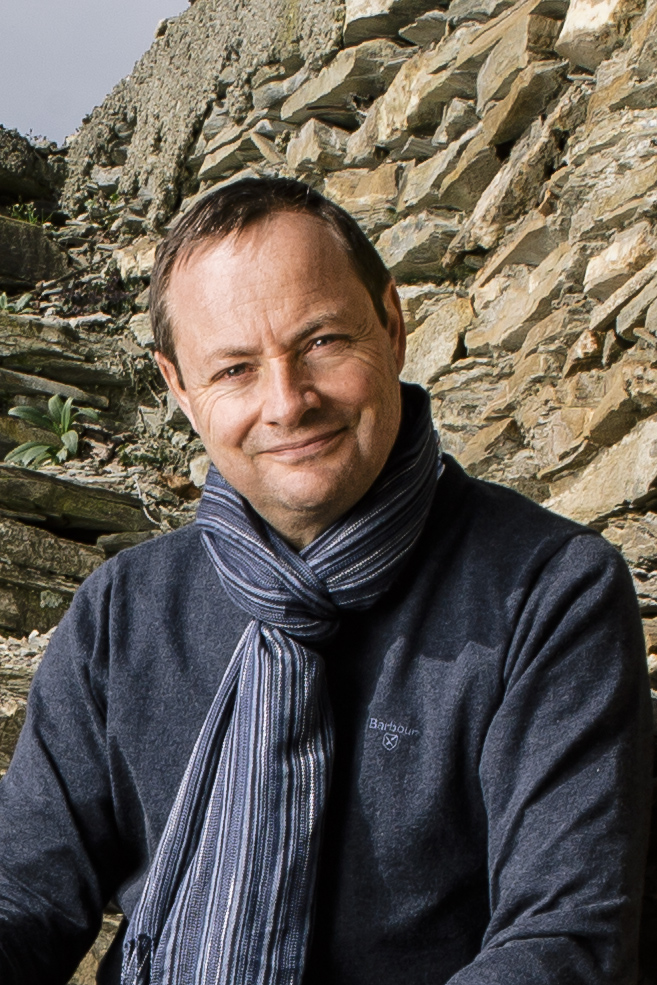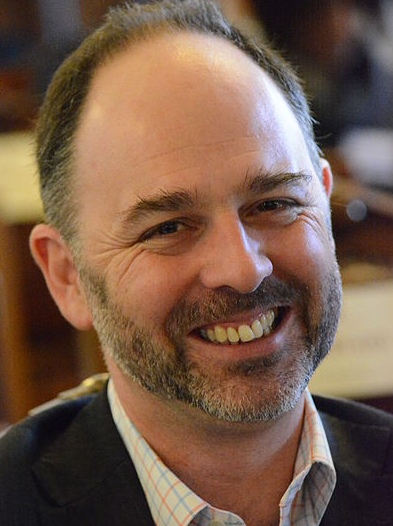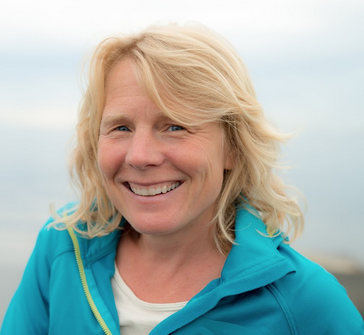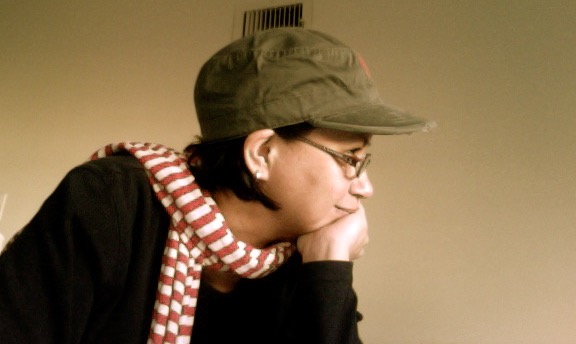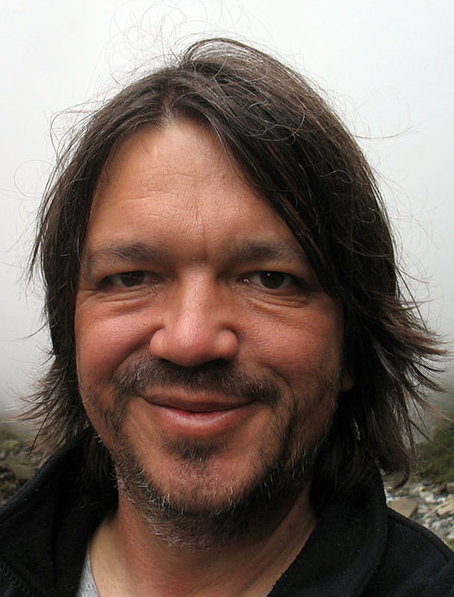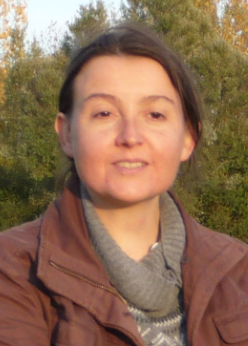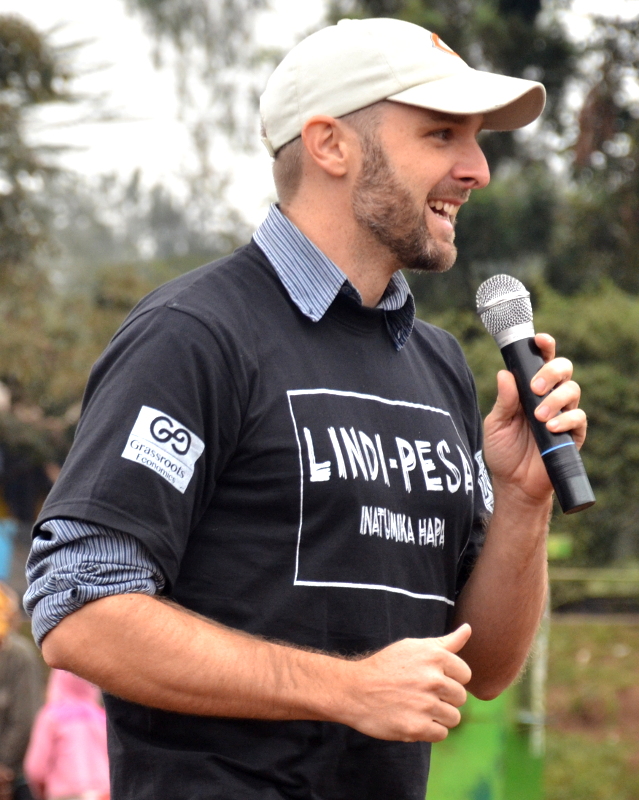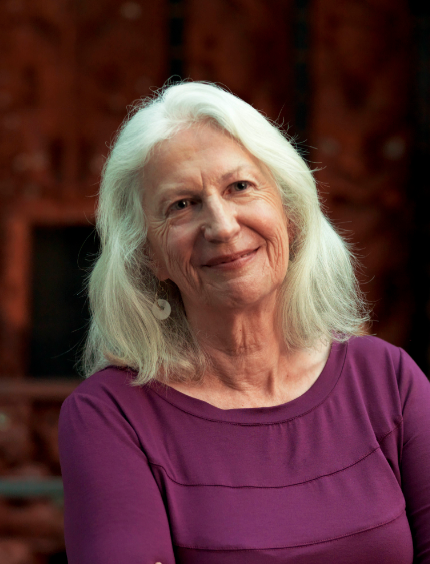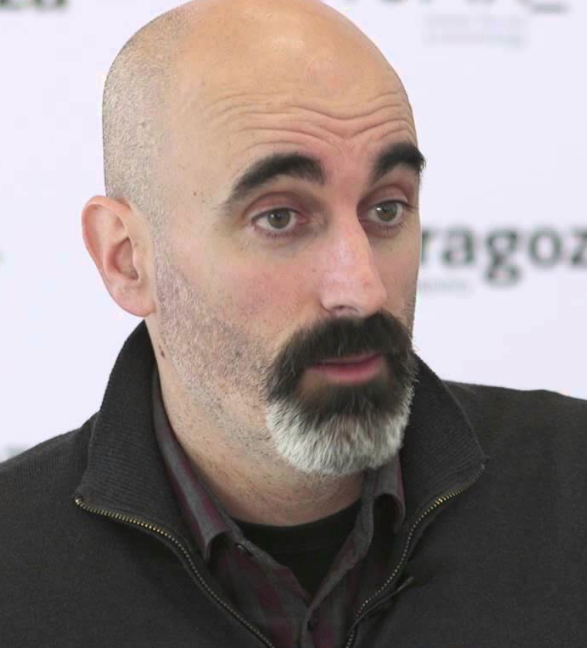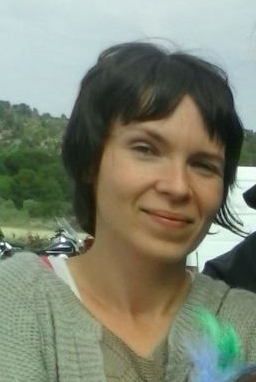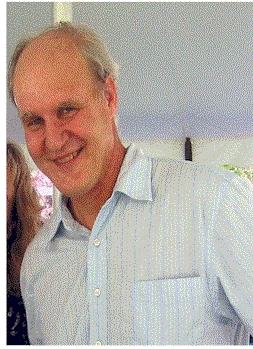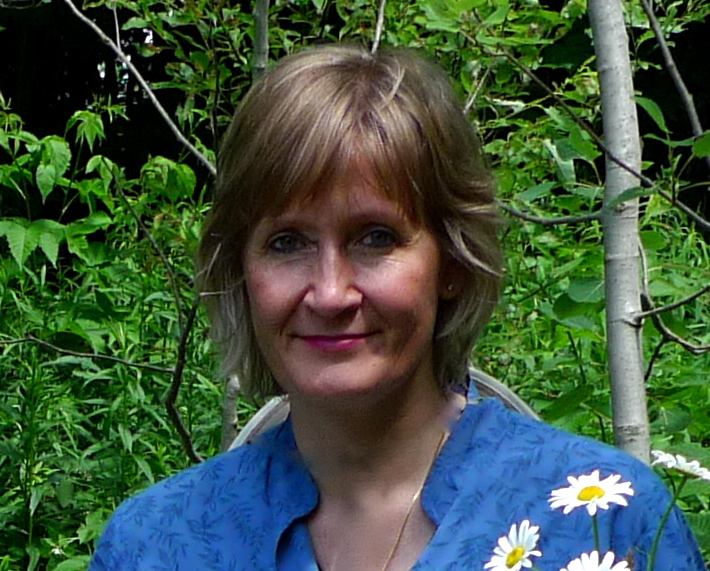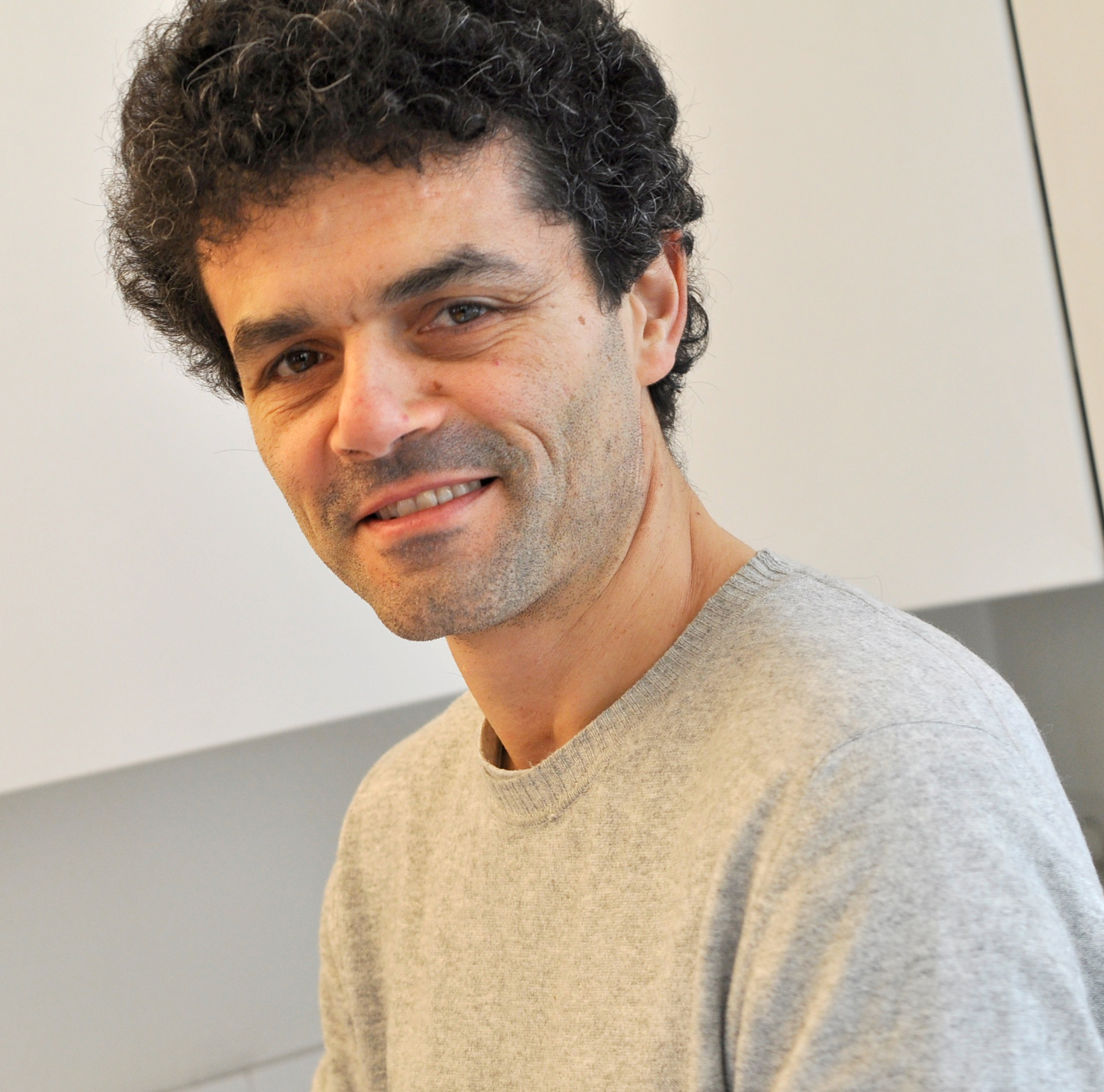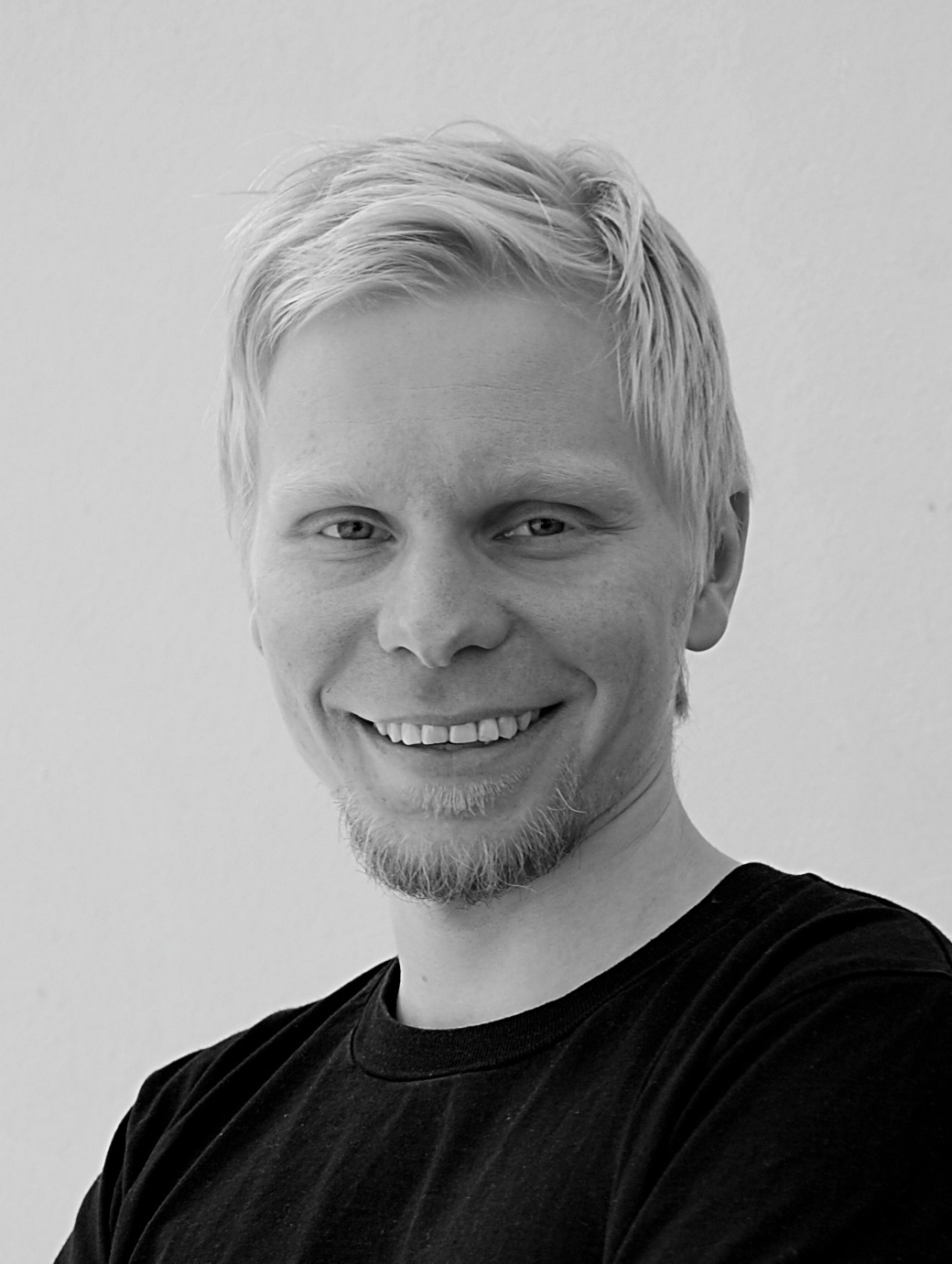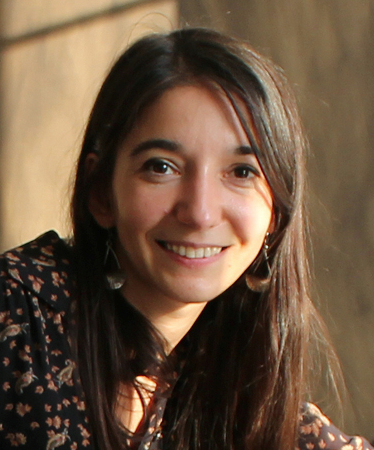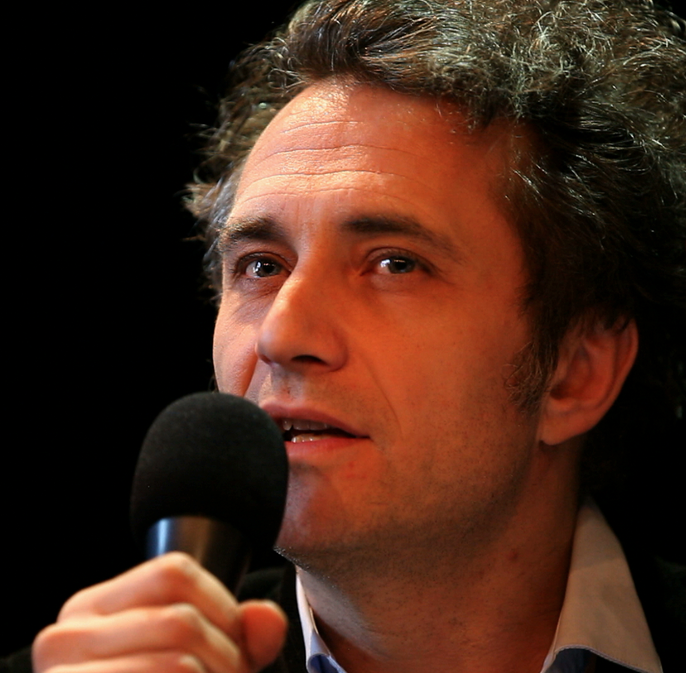Alain Ambrosi (Canada) is a designer and producer of intercultural projects, independent researcher, author, videographer and producer of the Remix The Commons Project.
Patterns of
COMMONING
Taking Housing into Our Own Hands
By Stefan Rost
It is not unusual for those who have enclosed not just one, but several buildings and plots of land, to lean back and do with them as they please, while at the same time lecturing the less well-off with these familiar justifications that the Earth is finite and that land is a limited resource; that buildings have their price as scarce and sought-after goods, as they must be purchased and maintained at great expense; and that therefore an ever increasing fraction of tenants’ incomes must be paid as rent, unfortunate though that may be. In Freiburg, Germany, where I live, tenants pay an average of 40 percent of their incomes on rent.
Occasionally, this results in conflicts with small groups that stubbornly cling to their convictions that apartment buildings should be treated as commons precisely because the Earth is finite and developable land is a scarce resource. They point out that entire generations of renters have paid the landlords interest on their capital – the building and the land – thereby paying it off several times already. But above all, these commoners like taking their fate – in this case, the roof over their heads – into their own hands and organizing it cooperatively. The trigger for such initiatives is often the threat of displacement that arises when landlords attempt to maximize their incomes by selling a building, splitting it up into condominiums or tearing it down and building a new one in its place.
Sometimes, when good public relations, hard work and luck coincide, such protests against the ordinary course of events are successful. It becomes possible to purchase (sic!) the responsibility for the property from its owner, often after years of controversy, and a self-organized apartment building project can emerge.
This is more or less the story of the Grether project in Freiburg. Step by step, it was possible to remove old factory buildings from the machinery of exploitation and convert them to affordable housing for roughly 100 people as well as a range of spaces for various projects. The city had wanted to demolish and replace the buildings with so-called up-to-date new construction. The Freie Radio Dreyeckland (an independent radio station) found a domicile here, as did a beach café, the Rasthaus (a contact point for people without documents, the Sans Papiers), a daycare center for children, a women’s/lesbians’ center, Rosa Hilfe (an organization supporting people experiencing discrimination because of their sexual orientation), a store for clothing produced under fair conditions and a printing shop. And this was where the Mietshäuser Syndikat (roughly, “apartment building trust”) was founded about 20 years ago.
The idea to organize buildings and real estate as commons is nothing new. Housing cooperatives have been in existence since the 19th century in many countries. In addition, there are numerous traditional large cooperatives many decades old that manage thousands of residential units. And following the events of 1968, a diverse group of smaller projects came into being, most of them consisting of just one or a few buildings. Some, such as the Grether project, but not all, emerged from situations of conflict. Many were “simply” purchased from their previous owners.
Such projects take on a variety of legal forms: registered housing cooperative, registered association, foundation or limited liability company (LLC). The parallels to other commons and social conflicts are quite evident even if it is very unusual as yet for people to call their housing projects and their specific forms of ownership “commons.”
At first, the Mietshäuser Syndikat appears like a hodgepodge of more than 50 very different rental housing projects scattered irregularly across Germany’s cities and villages. The participating projects range from a group of political activists sharing a single-family home to a housing project for senior women; from commercial buildings to a social and cultural center; from a large apartment building with single parents, people sharing housing, families, stores and workshops to a converted former military barracks housing more than 200 people.
What do all these legally independent housing projects have in common? At first glance, they function practically like any other housing cooperative: The members’ assembly decides democratically, within the framework of the project’s bylaws the policies and practices for renting, managing the building, construction projects, financing and the amount of rent. Remarkably, a classical limited liability company holds title to the properties, not an association of residents. This seems odd and counter-intuitive. Why?
A house project is intended to last for generations. The same applies to the house, as a commons. Often the idealistic generation of pioneers bears responsibility for the project for many years or even decades. But over time, the composition of individual residents may not only change, but also the goals of the project, and even the common property as such. At some point, the real estate will be for the most part free of debt, and as a rule, its market value will have increased. Now, if it is possible to sell a building for its market value, then the only obstacle to privatization would be a restrictive clause in the association’s or cooperative’s bylaws. But that can be overcome and changed by a qualified majority of members. In the case of projects that have long since lost touch with their original social movements and have been plodding along looking inward, the temptation to reprivatize the property will be great. A more or less random group of residents – beneficiaries of the “founding generation” – will appropriate what was built up over the course of many years and with the solidarity of a large number of people for the purpose of ongoing social and collective use. But if commons are to remain commons, then rules and forms must be found that assure the longevity of the project and prevent its reprivatization and subservience to the capital market.
For this reason, all the projects of the Mietshäuser Syndikat have one specific feature: the title of the real estate is not held directly by the residents’ association, but by a limited liability company. This limited liability company of owners has exactly two members: the residents’ association and the Mietshäuser Syndikat, acting as a kind of watchdog organization. In simplified terms, the Mietshäuser Syndikat is a not-for-profit association with roughly 300 members, most of them individuals. In matters such as sale of the property, conversion into condominiums or similar actions involving the real estate assets as such, the Mietshäuser Syndikat has a vote; to be precise: it has exactly one vote. The other vote is held by the residents’ association. As a consequence, fundamental decisions such as a change of the status quo can be made only if both members agree: neither the residents’ association nor the Mietshäuser Syndikat can be voted down; in other words, there is mutual veto power. This applies to changes of the bylaws as well. The voting rights of the Mietshäuser Syndikat are limited to a few fundamental issues, however, so that the residents’ association’s right to self-determination cannot be invalidated by the “supervisory organization.” The residents’ association alone has the right to vote when it comes to all other issues.
In practice, the legal structure of a limited liability company with a “division of powers” – a “two-chamber system” that divides power between the residents’ association and the Mietshäuser Syndikat – has demonstrated its effectiveness in preserving this form of communal housing ownership. By contrast, the legal form of a registered cooperative has not proven effective.
The Syndikat also plays an important role as a “supervisory organization” by acting as a member of every participating limited liability company that owns property. It therefore has the authority to act as a connecting link among the various limited liability companies, and a stable and enduring one at that, since a limited liability company cannot be liquidated by one member acting alone. As a result of this setup, a network of self-organized projects with a diverse web of communication and relationships has emerged over time, with the Mietshäuser Syndikat as its organizational backbone.
The Syndikat plays other important roles. It oversees “transfers in solidarity” from existing projects to new ones. The know-how of existing projects can be conveyed to new projects by means of consultation, and so new projects do not need to reinvent the wheel. Such support is taken for granted because existing projects from the very start pay fees into a common solidarity fund precisely to support new project initiatives. The fees for this fund increase every year as interest payments on purchase and construction loans decline.
The Mietshäuser Syndikat is open to new project initiatives as a matter of principle. Although the number of residents in any individual project may be limited, there is no reason to restrict the principles of self-organization, transfers in solidarity and commons-based real estate projects. The Syndikat’s distinctive organization helps it act as an innovative champion of commons-based housing.
